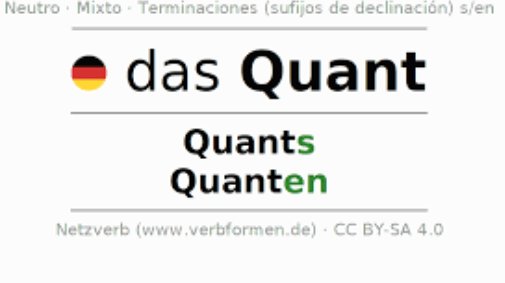What Is Dequant (DEQ)?
In order to suppress abnormal price fluctuations, the weighted average result is used to calculate the token price, which can easily lead to a large difference between the target price and the fair market price. Dequant the protocol’s target price is obtained from Chainlink, Chainlink can provide the real market price of USD, which makes QSD has a credible data source for maintaining stability against the USD. It can also avoid malicious manipulation of prices of automatic market makers such as Uniswap and the accompanying distortion.
The QSD is minted with the appropriate amount of collateral and CEC. In the initial phase, the QSD is 99.8% collateral, minting the QSD requires putting in 99.8% collateral and burning 0.2% CEC. The protocol will accept stable coins as collateral to reduce the risk caused by large fluctuations in the collateral in the initial stage. When the proportion of the algorithm and the issuance of QSD increase, and the system gradually stabilizes, mainstream cryptocurrencies such as BTC, ETH, and BNB will be absorbed as collateral to further expand the coverage of QSD and enhance the robustness of the system.
The name Dequant Labs is derived from “Chemical Reaction X Labs”, which means users can synthesize diverse assets as chemists do in our on-chain labs. In the development plan of Chemix Ecosystem, they are seeking for maximum autonomy to create different synthetic assets for your users.
Dequant Storage Key Points
| Coin Basic | Information |
|---|---|
| Coin Name | Dequant |
| Short Name | DEQ |
| Circulating Supply | N/A |
| Total Supply | 50,000,000 |
| Source Code | Click Here To View Source Code |
| Explorers | Click Here To View Explorers |
| Twitter Page | Click Here To Visit Twitter Group |
| Whitepaper | Click Here To View |
| Support | 24/7 |
| Official Project Website | Click Here To Visit Project Website |
The exchange rules for KUN migration to the CEC
- The total amount of CEC is 120 million
- The exchange ratio between the released KUN and the CEC: originally 1 KUN = 10 CEC. From the date when KUN is locked into the contract, the CEC token has a 180 days linear release cycle.
- Unreleased KUN will also be upgraded to the CEC token at a ratio of 1:10, and the distribution ratio of each part will be the same as KUN. These tokens have not yet been minted and circulated, so they will be directly released and used in the form of CEC tokens according to the corresponding release rules. For example: the remaining unreleased liquid mining KUN tokens will be directly converted into CEC tokens, which will be minted and released gradually in the liquidity mining activities of the CEC tokens.
- The KBT circulating in the BSC network will be upgraded to CBT proportionally: 1 KBT=10 CBT, and will have the same release rules as the new governance token, 180 days linear release cycle.
The CEC token
Dequant team had designed and operated an experimental stablecoin project named QIAN protocol in October 2020 with a governance token named KUN. The first stablecoin issued by QIAN protocol is the QUSD, which has similar product design with DAI, in QUSD, they find out a stablecoin with DAI’s mechanism is nearly impossible to success again like DAI because of the separated managed vaults of user’s debts brings low capital efficiency. They issued the upgraded stablecoin QSD in April 2021, QSD has advanced mechanism compared with FRAX stablecoin. KUN is still the governance token of QSD.
Dequant packed the whole QSD function into Chemix Labs as an experimental component of Chemix Ecosystem. As the Chemix Ecosystem grows stronger, they would like to introduce QSD into some of Chemix Pad’s auctions, which can expand the use case of QSD, QSD together with the whole KUN holder community can enjoy Chemix Ecosystem’s development benefits, the KUN holders will also join Chemix Ecosystem’s community and strengthen the basis of Chemix Eco, CEC will grow with CEP together. However, the token name KUN will bring confusion to your users, thus decide to rename the token KUN into CEC (Chemix Ecosystem Coin).
Price Stability of QSD
Dequant can be minted and redeemed in real-time from the system for $1 of value. This allows arbitragers to balance the demand and supply of QSD in open markets like Uniwap or PancakeSwap. If the market price of QSD is above the price target of $1, then there is an arbitrage opportunity by placing $1 of value into the system per QSD and sell the minted QSD for over $1 in the open market. At all times to mint new QSD, a user must place $1 worth of value into the system. The difference is simply what proportion of collateral and CEC makes up that $1 of value.
Dequant is in the 100% collateral phase, 100% of the value that is put into the system to mint QSD is collateral. As the protocol moves into the fractional phase, part of the value that enters into the system during minting becomes CEC (which is then burned from circulation). For example, in a 95% collateral ratio, every QSD minted requires $0.95 of collateral and burning $0.05 of CEC. In a 60% collateral ratio, every QSD minted requires $0.6 of collateral and burning $0.4 of CEC, and so on.






